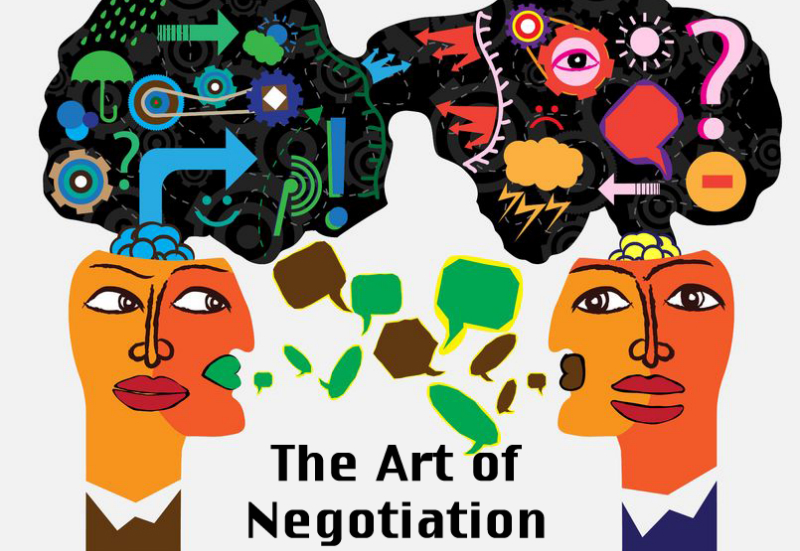
For some people, bargaining may seem distasteful. It may feel intrusive, exploitative or even embarrassing to be seen haggling over a purchase. But for many Indians, and our South East Asian cousins, bargaining is not so much pleasure or sport as much as it’s a life skill. Bargaining is but street-parlance for another, more comfortable term – negotiating. The skills are the same; only, a suit in a boardroom is replaced by a hawker on a sunny street.
To start with, haggling is not a hustle, it’s an art. It is the single-minded pursuit of extracting more bang for each buck. Ask any businessman and he will agree: The true value of an item is what you pay for it.
Bargaining doesn’t stand for driving down prices or ripping off a vendor. It means arriving at a decision that keeps both parties happy. This holds true for India and its street markets, which sell everything from fresh vegetables to antique furniture. Veteran shoppers can, and have, furnished their homes, wardrobes and fridges from the bazaars of India. Remember that prices are often inflated for you to deflate.
If you plan to spend time in a bazaar (and I hope you do, it is an experience not to be forgotten) here’s my step-by-step guide to steal a deal.
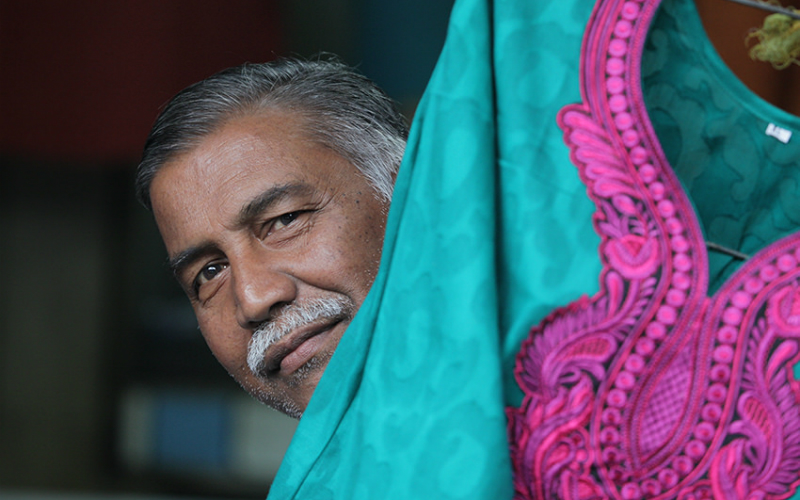
1. Do your research beforehand and set your expectations straight. Find out (online is the easiest way) the current retail and street prices for the things you are shopping for. This will help you set your highest and lowest target price.
2. A note on clothing: India is a manufacturing hub for many international clothing brands that routinely reject minute or non-existent manufacturing defects, or have a surplus of supply to deal with. So the Zara top you find at a roadside stall is probably not a fake or a knock off, but an original piece. Our gain!
3. When you find an item you like, get your poker face on. Don’t let the vendor see your delight.
4. This is a golden rule: Let the vendor quote a price first, even if it is written on the product or hung on a board above. Then counter it with a price semi-to-completely drastically lower than your ideal price, depending on your appetite for drama. Your research, done earlier, should come in handy here. (Eg: If a shopkeeper quotes INR500, and you aren’t willing to pay no more than INR300, tell him you’re willing to pay INR200.)
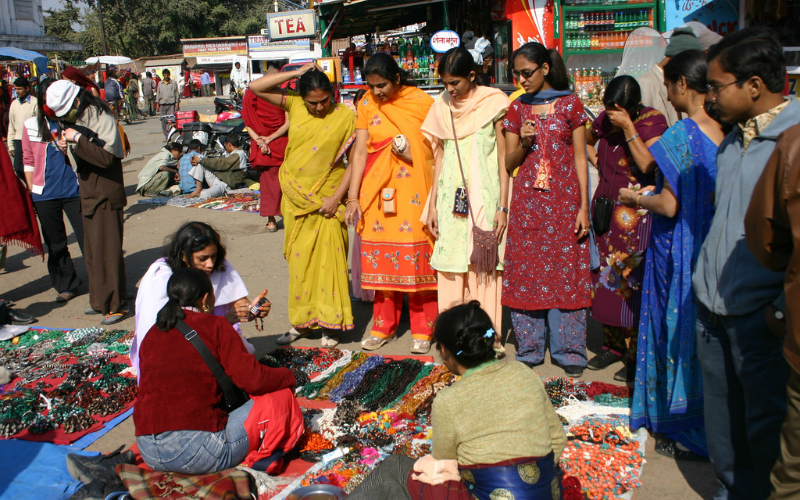
5. Now comes the interesting part. Visualise this step as though you and the vendor are like two sliders on a single scale. Right now, you’ll seem to be at opposite ends. With some work, each slider can inch closer and closer to a mid-point.
6. Upon hearing your (purposely) low offer, the vendor will react dramatically. Enjoy the theatrics, it’s part and parcel of the act. Some guys may look crestfallen, as though you’re taking food off of their table. (At this point, I don’t blame you for caving in. Many frequently do, many sometimes should!) Some may feign irritation and tell you you’re being unreasonable. Some may mean it, owing their impatience entirely to unfavourable weather. Some may even compliment your elevated social status and question why a person like you needs to bargain. Simply state your purposely-low price again and wait.
7. Very often, your patience will pay off. The vendor will grumble and whine and ultimately make you another offer. For example, against your offer of INR200, he might drop his price from INR500 to INR450. This is the beginning of clinching a deal. One slider has started moving…
8. Now it’s time for some drama from you. Insist that you simply don’t have that kind of cash, or tell them you know you’re being ripped off. Better still, do the opposite of point no 2 – let the vendor know you appreciate the quality of his product but you’re looking for the best deal. After some talking on your part, the vendor will often ask you to name your next-best offer.
9. Name your next-best offer. Remember, we aren’t at your final offer yet. From your purposely-low quote of INR200, tell him you are willing to go up to INR250.
10. Steps 6 and 7 will repeat themselves.
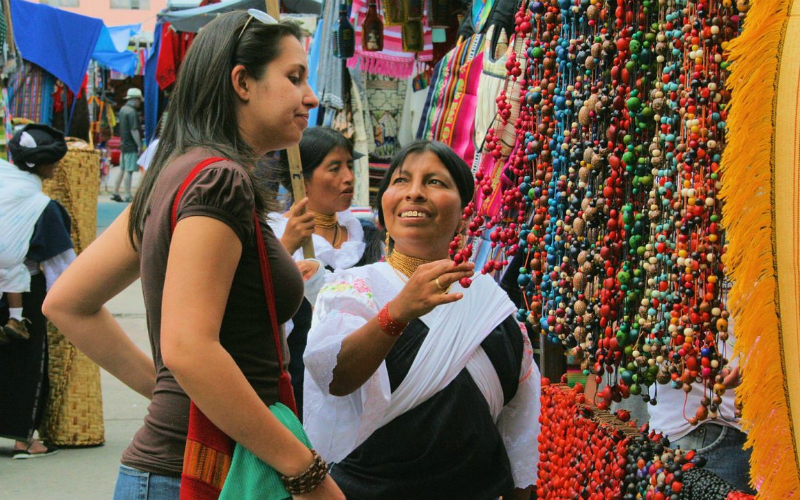
11. If, by this point, you’re wondering whether you’ve made a mistake, just remember this – if the salesperson has already spent this much time haggling with you, he definitely wants to make the sale. You have the upper hand here.
12. Now it’s time to close the deal. Look a little more pleased than earlier, but tell the guy your last offer (which is actually your ideal price of INR300) and be firm. Let him understand that you’re at the end of your tether and are not willing to discuss it any further.
13. More than 90% of the time, the seller will give in. Some of them may ask for a token increase of 10-20 INR, which offers them the dignity of the last word and to be fair, probably doesn’t burn a hole in your pocket. Remember, it’s only worth its value to you.
14. And if you can’t say the following words, then at least embrace the spirit: Na tera, na mera (neither yours, nor mine’) – because nobody likes to lose face, and everybody enjoys a fair trade.
Congratulations, you’ve closed your first successful deal. Happy shopping!
![]()
Read Next:
 |
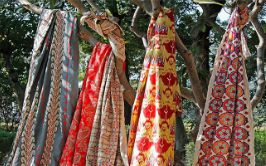 |
 |
| 5 Homegrown Delhi Designers To Shop From | Exploring Delhi’s Khan Market | A Guide To Hauz Khas Village: The District Delhi Is Most Proud Of |
